Accuair has made the air management game a whole lot easier by introducing plug-and-play systems that are super easy to install and looks the goods too. They've created the VU4 which is a valve manifold system that can be spliced into any controller. The wiring is easier to hook up than stereo head-unit installs.
Paddle switches
These were the first type of air management system available (I think). They're simple in layout but complicated in installation. There are no valve manifolds to speak of. The air lines from the tank are progressively routed straight to the switches, punctuated by split fittings. The number of these splits depend on the amount of adjustment in the system - a front-back (FB) system (front pair of airbags are adjusted together, rear pair are adjusted together) or front-back side-to-side (FBSS) system (self-explanatory).
Because the air lines route straight to the paddle switches, installation becomes a lot more fiddly. There are more sections in the system for leaks and routing the lines through the dash would be difficult.
Bagriders sell four of these paddle switches mounted on a panel for $100USD.
Next I'll go over some popular valves and valve manifolds that are used with analog/digital electronic management systems. These are usually mapped out with a wiring system that can be spliced with most controllers.
Individual valves
These were the first set of electronically controlled valves to be used in airride. Each individual valve had a single purpose - airring in, or dumping. For an FB system, four valves must be used - one for airring the front two air bags, one for dumping the front two air bags; one for airring the rear two air bags, one for dumping the rear two air bags. An FBSS system thus uses eight valves, a pair of valves (airring and dumping) for each corner.
There are many different companies manufacturing valves, and there are many different finishes and sizes to boot. As I've went over in the air lines article, the port size will define the response rate of the airride system - big ports will allow for fast air-up and dumps, small ports allow for more precise adjustments. Here are some of the valves that Bagriders sell in their inventory (ranging in cost from $35 to $50USD each depending on finish).
EasyStreet aluminium manifolds
One manifold houses four valves and thus is used for a FB system; two manifolds are required for a FBSS system. They feature two 3/8" inlet ports, two 1/4" gauge ports and two 1/8" dump ports. They can be spliced into any controller allowing for control over each individual air bag (in a FBSS system) but have a plug-and-play feature with EasyStreet's AutoPilot system (see below).
Bagriders have these for $180USD each.
Accuair VU4 valve manifold block
The VU4 is a FBSS valve manifold system that provides a plug-and-play feature for Accuair's SwitchSpeed and eLevel management systems. Like the EasyStreet manifolds, they can easily be spliced into any other controller, not just the SwitchSpeed/eLevel controllers.
They are comprised of 3/8" press-fittings so no threaded fittings are required (less chance of leaks) with dual inlet and exhaust ports. Each air bag port is numbered for ease of installation and can be traced to its respective wiring. It's housed in an anodized alumnium construction and is 100% weather resistant, making it suitable for exterior mounting. The revised edition (2010 onwards) has provisions for gauges, no longer requiring tee fittings to adapt gauges.
The VU4 is becoming THE valve manifold to get as its plug-and-play compatibility with Accuair's SwitchSpeed and eLevel managements makes it super easy to install and achieve a clean finish. The valve block is also finished to a show-quality, not looking out of place inside a show car straight from the box.
Bagriders have these for $459USD; Airide.com.au have these for $589AUD.
RidePro valve manifold block
These are relatively not as well known in VAG circles compared to the EasyStreet and VU4. They are similar in construction and function to the VU4 though with 1/4" press-fittings.
RidePro, made by RideTech, also have a bigger option that houses larger valves and fittings, suiting 3/8" or 1/2". They aptly call this the BigRed.
What makes the BigRed special is that the block can be separated to each pair of valves so they can be located closer to each corner that they control. The Big Red was made with truck/show car owners that require a no-compromise, super-fast response from their airride system, and thus the ability to mount these valves closer to each airbag increases the response even further.
Both valve blocks allow for plug-and-play compatibility with RidePro's own digital management system, the RidePro e3.
The RidePro standard valve block goes for $599AUD while the BigRed goes for $890AUD @ Airide.com.au.
Now for some popular analog switchboxes/controllers.
AVS switchbox
Simple and in a variety of colours, the AVS switchbox is a very cheap analog system that allows for easy adaptation to electronic valve setups (whether it's to individual valves or integrated valve blocks like the VU4).
The AVS switchboxes are 5" x 2" x 1", so should easily fit in most car pockets. Integrating them however is a trickier deal. They come in a wide variety of colours and finishes, including clear and billet. They also come in a variety of switch setups, including the 3-switch, 5-switch, 7-switch and 9-switch controllers.
The 3-switch is for FB systems, with the 3rd switch for all up/down. The 5-, 7- and 9-switch are for FBSS. The 5th button is for all up/down; the extra two switches in the 7-switch is for front only up/down and rear only up/down; and the additional two switches in the 9-switch is for left-side only up/down and right-side only up/down. It can be wired in as standard (with the cord coming out from the bottom) or reversed (cord coming out from the top) - all the different switchboxes are symmetrical so it's just a matter of rotating and matching the appropriate wires. Wiring diagrams can be found at AVS. All that said, these controllers can be spliced to do whatever you want them to do, so if you have other uses for the extra switches, then you can easily have them set up to do whatever you want (e.g. central locking lock, subwoofer kill, compressor kill etc.).
The thing about these cheap switchboxes are that they don't come with many features. In fact, besides the extra switches for front and rear paired adjustment and side-to-side, there really isn't anything else. That said, this could be exactly what most people are looking for, as adjusting the suspension to go up and down was the original aim to begin with.
There's a remote setup that AVS sells as well. It is separate to the switchbox setup though, and wiring is done at the valve setup.
Bagriders sell the 7-switch in black for $85USD, while Airide.com.au do them for $149AUD.
Accuair SwitchSpeed
The Accuair SwitchSpeed is a plug-and-play analog system with their valve manifold block, the VU4. The SwitchSpeed comes with an ECU that it plugs into along with the VU4.
A USB cable that's connected in with the SwitchSpeed's wiring can then be routed within the cabin to connect up to the SwitchSpeed's controller (the TouchPad) either from the bottom or behind (that's what she said *giggle*).
The TouchPad is backlit and can come in a nickel or black finish. It is in a handheld size, not unlike the size of an iPhone. It has individual up/down switches for each airbag, as well as front only up/down, rear only up/down and all down. In addition to that, a special feature of the SwitchSpeed system is the ability to control the response rate in which it airs up and down. The TouchPad has provisions for three different speeds - full, moderate and precise. These speeds are preset from the factory but can be modified by the user once the system is installed in. The benefit of this is the ability to operate the air system in a show environment, where full speed is desired, while maintaining everyday usability where accurate heights are wanted by adjusting the pressure a little bit at a time.
As you can see, the Accuair TouchPads are made to a beautiful finish and the touch buttons look modern and perfectly suit a new car, hence their popularity. I don't think I've seen the SwitchSpeed adapted for use with other valve manifolds though - it only comes with a wiring harness that only suits the VU4 and nothing is available that is ready for splicing and adapting to other valve manifolds (with the SwitchSpeed function intact).
Bagriders sell these for $349USD.
Other analog switchboxes
There are plenty other, albeit less known, analog switchboxes out there. A lot of these though, while designed for universal use, are usually for adaptation to a dash or other interior piece. Some are essentially individual switches that have been mounted on a panel with gauges and offered as a kit. Here are some examples:
Some of the options with included gauges cost around the $200AUD mark. The 8-position was $100USD, whereas the 10-flick switch was $70USD (X2 Industries).
Now the juicy stuff, the digital controllers.
Accuair eLevel
The eLevel is Accuair's top-of-the-range management system. It has an automatic height-adjustment system (aptly called RideMonitor) based on using height sensors (Accuair call them TruPosition sensors) located in each corner.
Note the ECU (bottom left; similar to the SwitchSpeed) and height sensors (bottom right).
The set up is actually very similar to the SwitchSpeed in that it uses an ECU for to connect the TouchPad, height-adjustment system and the VU4. The TouchPad is identical to the SwitchSpeed's except for the bespoke eLevel stamp.
Also, instead of different response speeds set by the 1-2-3 buttons, the buttons are used to set the airride system to three different preset heights.
The RideMonitor system works by adjusting the heights whenever a load is detected to ensure a constant ride height is maintained. This function can be switched off, turning the eLevel system into a regular analog-style system. The TruPosition sensors are used to monitor changes in the ride height. They're attached from a static component in the wheel wells (usually the chassis) to a suspension component.
The movement involved in different loads cause it to detect any changes in ride height and as a result, adjust it to within the original range. The RideMonitor is accurate to 1/8" in ride height. It relays signals every 45 seconds when driving so it's not a constant, active ride height adjusting system. Rather, it's a semi-active system that caters for changes in ride height due to situations involving carrying different loads, rather than ride height changes due to bumps and undulations in the road.
The eLevel system is designed to be truly an install-and-forget-about-it system where user comfort is maintained.
A specific remote key fob for the eLevel can also be bought as an option. It is designed with a plug-and-play wiring harness that connects up to the ECU and only works when the car is switched off to avoid any accidental button presses.
Bagriders sell the eLevel management on its own for $1095USD. Airide.com.au sells them for $1195AUD.
Airlift EasyStreet AutoPilot
The AutoPilot system is a digital ride height controller and pressure readout in one. It is for use with FBSS systems and has an all up/down function. It has the ability to program a certain ride height which can be recalled with the touch of a button. It also has an auto-raise function in which the system raises the car to the programmed height at engine start (can be disabled if not required).
The AutoPilot system uses pressure transducers/sensors on each corner to program this ride height, i.e. the system is all based on the air pressure in the airbags. As a result, any change in pressure detected by the sensors are acted on by the system to maintain the desired user-set pressure. It also has an auto-leak detection system; if a constant loss of pressure is detected, the system will compensate for it and attempt to keep the airbags at the set pressure while alerting the user of a leak. The digital pressure readout on the screen of the controller uses the same sensors as well. The screen can also display the vehicle's voltage figure too.
Pressure-based automatic digital systems are simpler than height-sensor based systems like the eLevel. The pressure sensors are placed near the valves to detect the pressures and a dedicated ECU for the AutoPilot computes all this for the controller. However, there are problems involved in using pressure-based systems for auto-adjustment of ride height as pressure as an indication of ride height is not entirely accurate. What if one side of the vehicle is heavier than the other side (due to passengers, or a heavy passenger lol)? The AutoPilot will try maintain an even height by loading the airbags with equal pressure but in reality, the side that is heavier will actually look lower than the lighter side. So while pressure-based systems were a step ahead of analog systems because of their ability to adjust the airbag pressure automatically, their intention and ability as ride height controllers are somewhat flawed.
Bagriders have the AutoPilot controller setup for $500USD.
RidePro e3
The RidePro e3, from RideTech, is both a pressure-based and height-based digital ride-height controller. That said, it can work as just a pressure-based system - it'll just adjust the ride height according to information relayed back from the pressure sensors.
The e3 incorporates the pros of both the eLevel and AutoPilot; the e3 controller is only 3/8" thick using a USB cable that can be attached to the controller from the back or behind, has a built-in screen that shows a readout of the pressures in each of the airbags and there's a "ride height on start" function like the AutoPilot while also having three user preset heights accessable from the touch of a button like the eLevel controller. The ECU is also a slick unit that is weatherproof and incorporates threaded wire harnesses for externally mounting safely.
The optional height sensors working with the pressure sensors allows for accurate balancing of the correct ride height as well as limiting crossloading, virtually eliminating it. Crossloading occurs when one side appears higher than the other, giving an undesirable slanted look and feel.
The e3 also comes with an optional plug-and-play remote kit.
So the RidePro e3 sounds very promising, but the catch is in the cost of the system. Bagriders sell the pressure-based only kit for $975USD, with the optional height sensors coming in at a staggering $600USD extra, making that $1575USD for the full kit. Airide.com.au doesn't list the height sensors as an option, but the basic kit is advertised for $995USD.
Digital Dakota
The manufacturer of digital gauges, DD has created six digital ride height controllers centering on being pressure-based, height-based or both. Each of those systems can come in two different controllers, a rectangular or elliptical controller designed to be housed in a panel. Both controllers have the same controls as well as pressure readouts and come in either a brushed alloy or chrome finish.
The pressure-based, height-based and both pressure- and height-based ride height systems with the DD kit is the same as the previous few I went over. The system is able to program 3 user-defined preset heights, and I assume the way it maintains the height is dependent on which system you get. I'm not exactly sure what the four buttons on the right of the controllers exactly do, as their layout is indicative of them being paired up rather than individual controls, but then again this would be all in the wiring - the user can set up to whatever they like with it as long as they have the wiring schematic in front of them. That said, it's just awkward to have a 1-2-1 switch setup like that instead of a 2-2 switch.
The DD systems have a plug-and-play remote system that includes two user programmable buttons.
The DD systems with either pressure-based or height-based sensors go for $849AUD at Airide.com.au and $825USD at AVSontheweb.com, while the system with both sensors go for $950USD at AVSontheweb.com.
PHEW! So there, that was most of my research on available management systems. There are obviously more out there, but these were the ones that I've at least heard of or have seen pics of installed in VAGs. I'm not yet finished though, as I want to discuss my opinion on what a suitable management setup would be.
Cross-compatibility and my ideas for setups
Now I'm a car enthusiast and modder in the sense that while off-the-shelf items are great and makes life much easier, I do prefer a bit of individuality in all the mods that I do. As a result, I tend to mix and match products and ideas rather than pull an entire kit off the shelf and sign a chequebook (that said, I don't really have a chequebook to begin with).
When I first thought about air suspension for the A3 and without knowing anything about it, I wanted a system that incorporated preset heights. I initially had no idea I would be looking at the high-end of the management side of things in order to procure that feature. Now that I'm more learned, I actually wouldn't mind a simple analog system to start things with, and then slowly build up a completely digital, automatic setup. My own thoughts, I think it's ignorant to jump straight for the top-of-the-range product without knowing anything or having experience in the matter, and this applies to airride. I'm not criticising other people at all that do this though, but I'm usually quite harsh on myself and I would definitely think of myself like that.
A dubber mate of mine, Stu, recently installed an airride system in his Vento. I believed he was using the EasyStreet valve blocks with an AVS controller, and it was pretty damn cool. The system ran quickly and with dual 400C compressors, he never really ran out of air to play with. Playing with his system made me think, is there really any need for a fully decked out digital system? We had tons of fun with it, and I reckon the extra money saved in not getting the top stuff would be better spent on other stuff.
With all that said, I've kinda decided on running a VU4 with an AVS 7-switch controller. I'd say I'm 70% on it. There's a great link down below that has the wiring diagram for splicing an AVS-7 to a VU4. Talk about taking the fun out of installing the damn things! I wouldn't mind getting the AVS remote kit either to carry around, and possibly assemble a fully-adjustable remote controller. Stu has a modded SNES controller ready to go, and I'm very keen to see how he goes with wiring that up!
If I can get some money up, I'll go for the SwitchSpeed. The ability to change the response speed is pretty cool, but not something I can live without. What I like the most about the SwitchSpeed though is the controller. I love the fact that it's a small unit and it looks great to boot. With the mini-USB connection, I wonder if there's a product out there that suits the female and male connections to allow for wireless transmissions? I'm just thinking here and there probably isn't such a product out there at the moment, but it's OK to dream right?
Anyway, with the VU4, I'm 99% set on going with it, no matter what switchbox/controller I go with. Its looks and seemingly ease of use makes it perfect for me, not to mention it being plug-and-play with Accuair's SwitchSpeed and eLevel. I don't mind going with EasyStreet's 4-valve blocks as they seem pretty simple as well, but for the little extra money for the VU4, I think the value can easily be seen in it. But really, I'd like to eventually go for the eLevel and if I do end up taking that leap, I'll have the VU4 ready and it'd just be a case of purchasing the eLevel kit and literally plug-and-start-playing.
Links:
http://forums.vwvortex.com/showthread.php?4849911
http://forums.vwvortex.com/showthread.php?4389193-Quick-easy-street-manifold
http://forums.vwvortex.com/showthread.php?5240299-question-on-UV4-4-Corner-Manifld-Block
http://forums.vwvortex.com/showthread.php?4987691-Looking-for-accuair-vu4-amp-Avs-switchbox-diagrams
http://forums.vwvortex.com/showthread.php?5298708-switchspeed-remote-fob
http://www.airide.com.au/
http://www.bagriders.com/
http://www.avsontheweb.com/
http://www.dakotadigital.com/
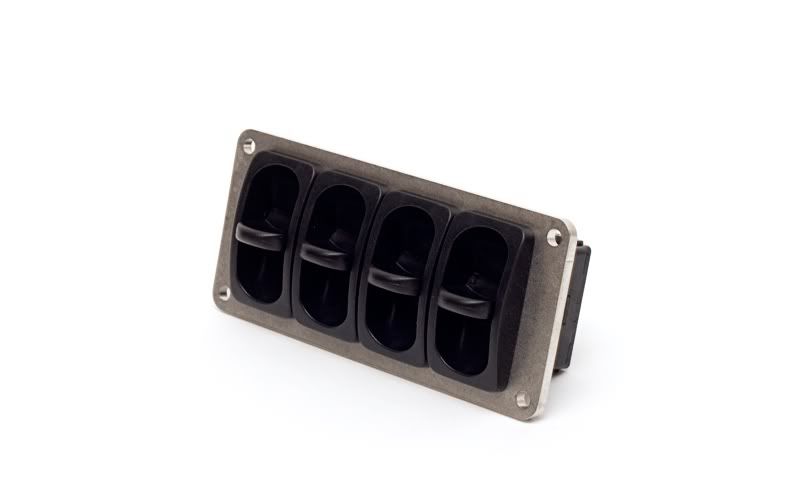
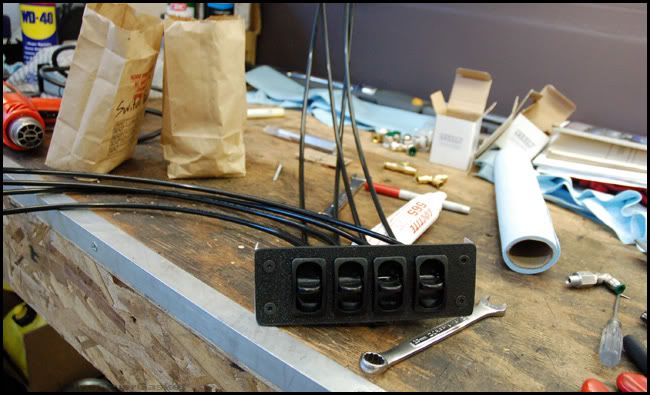
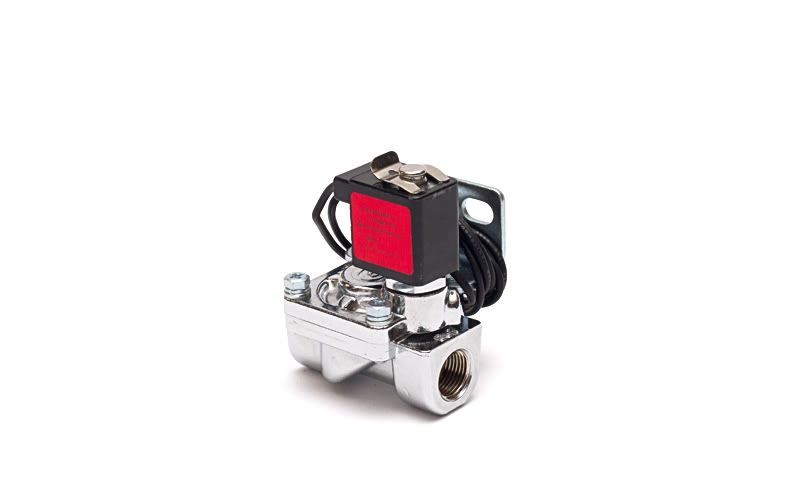
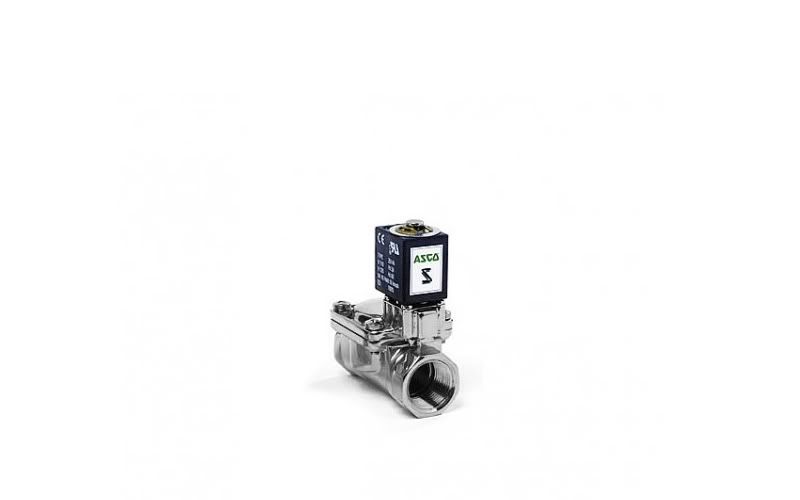
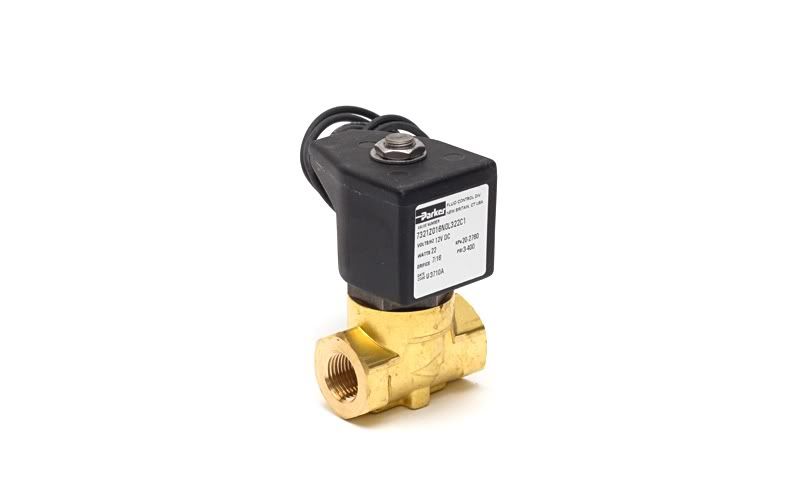
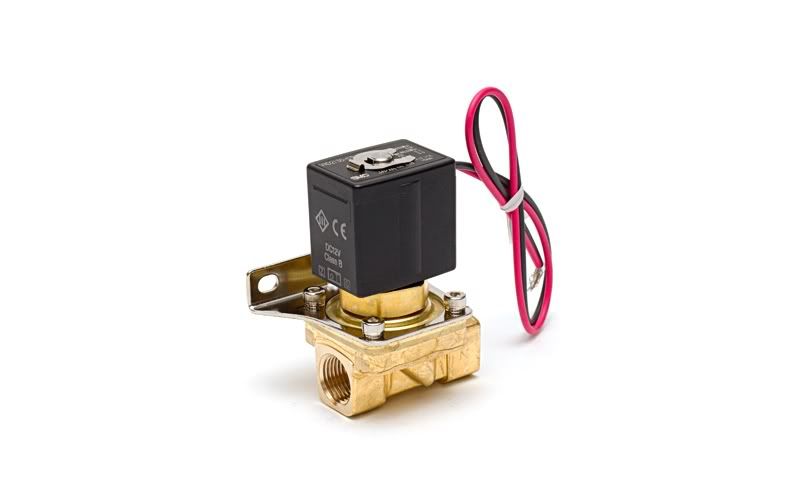


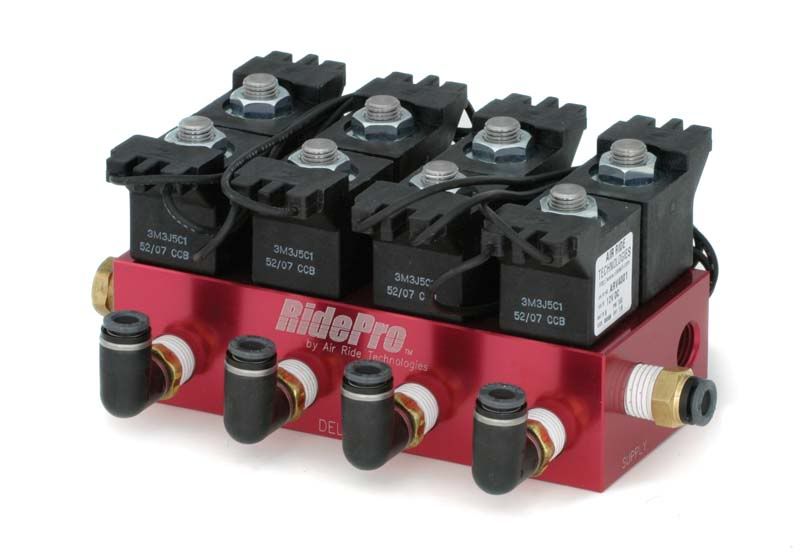
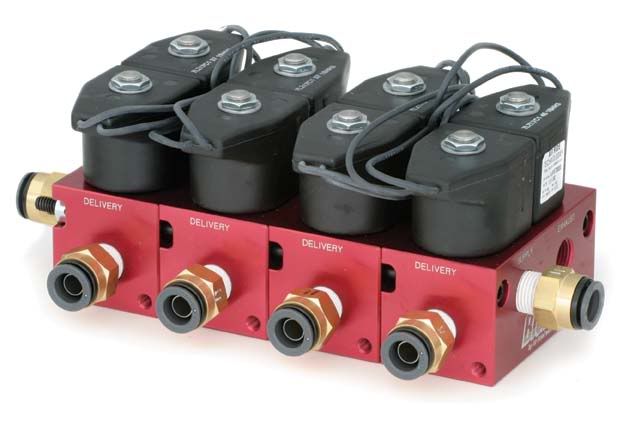
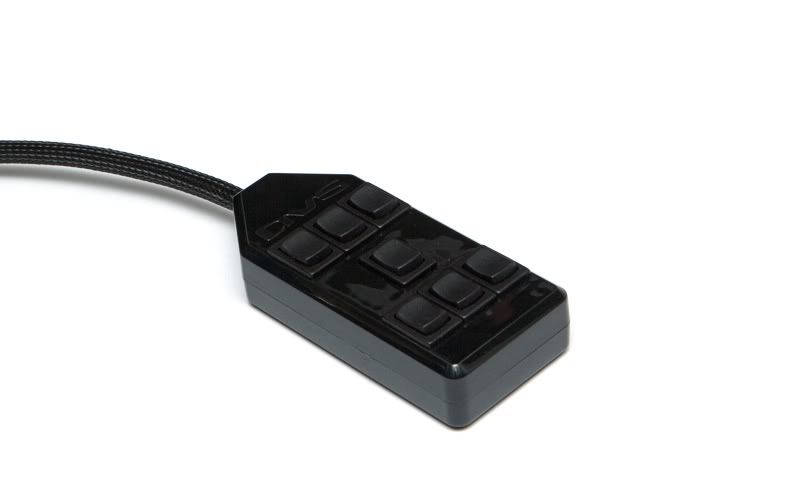
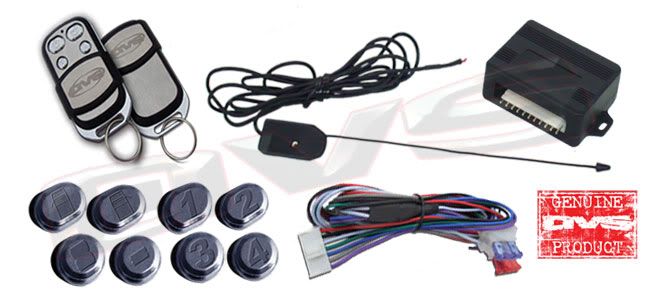

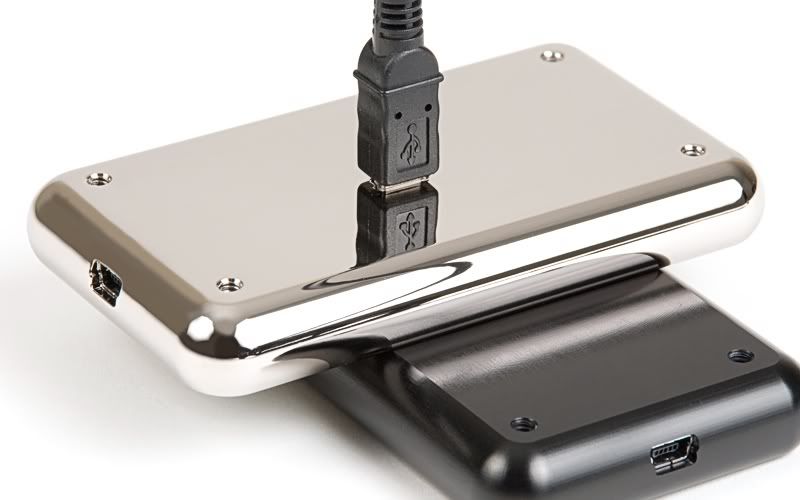
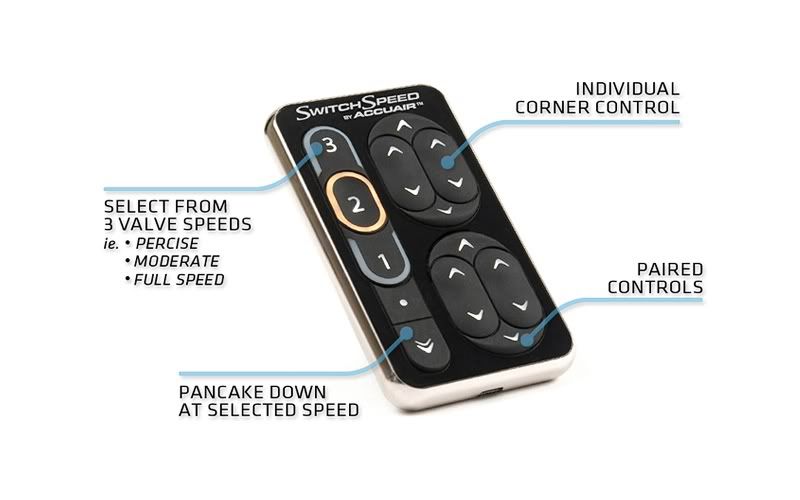
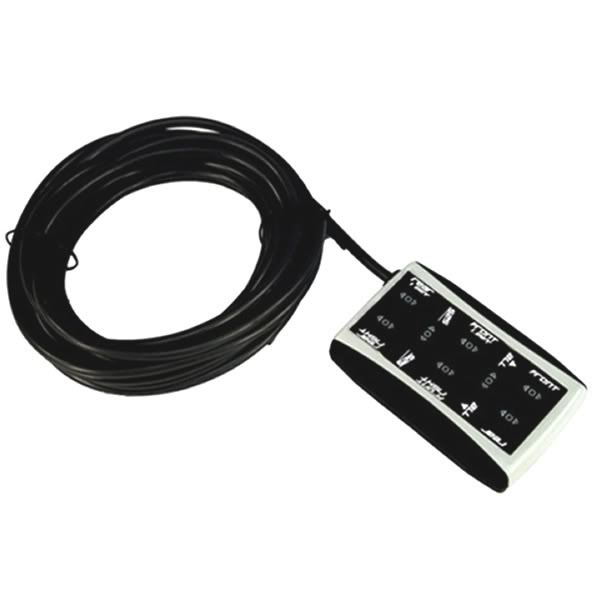
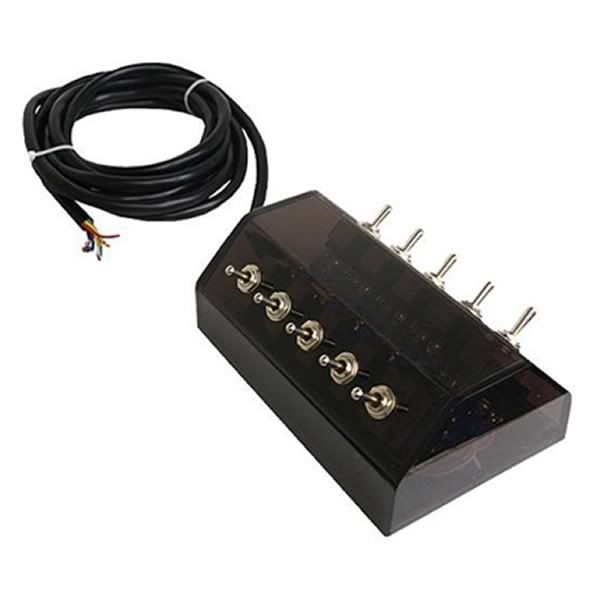

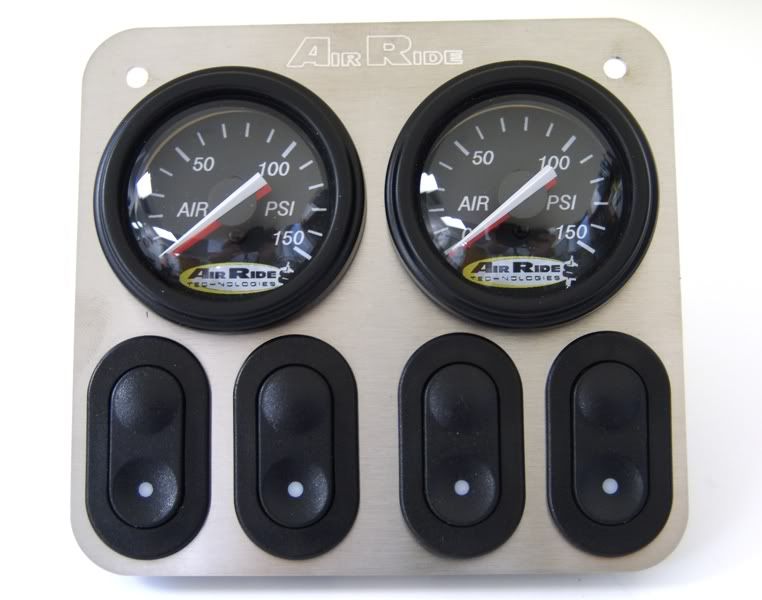
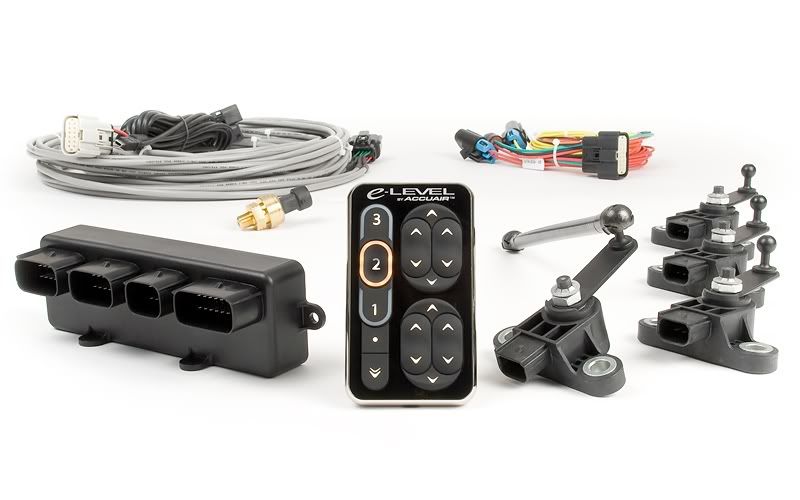
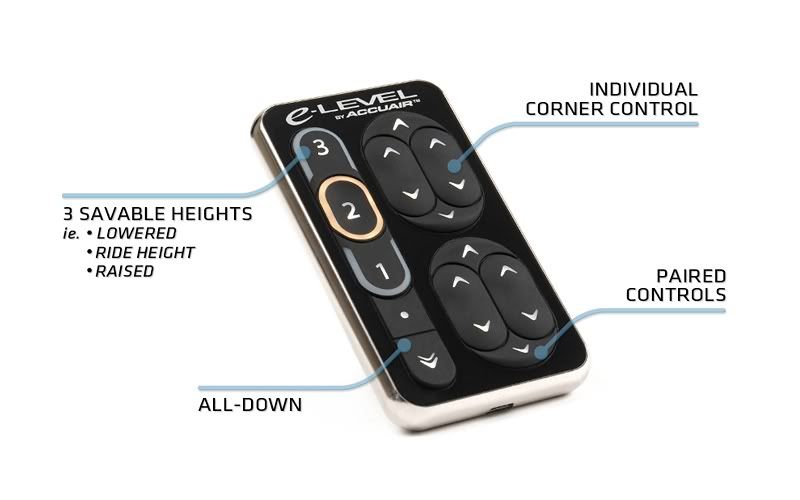
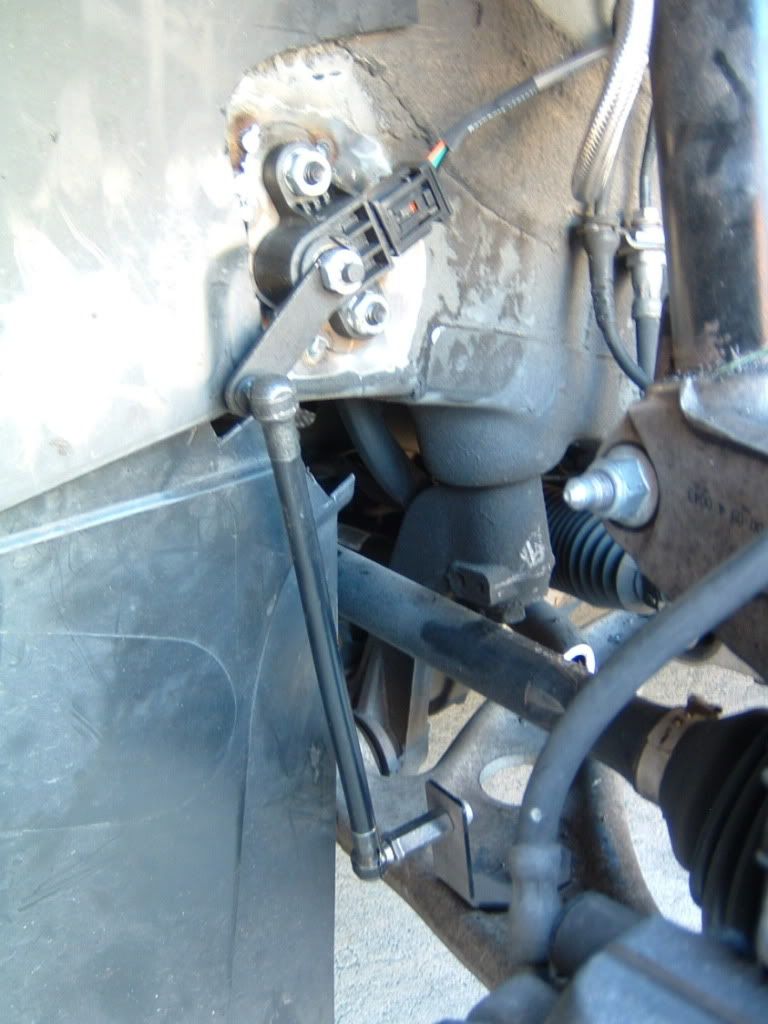
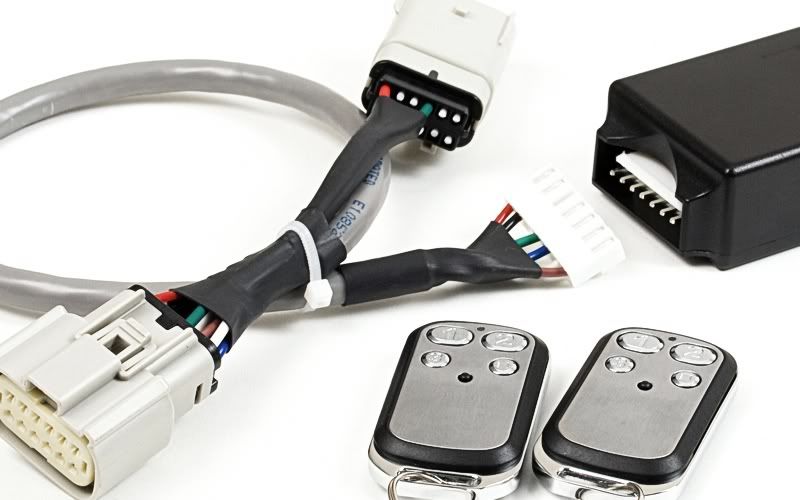

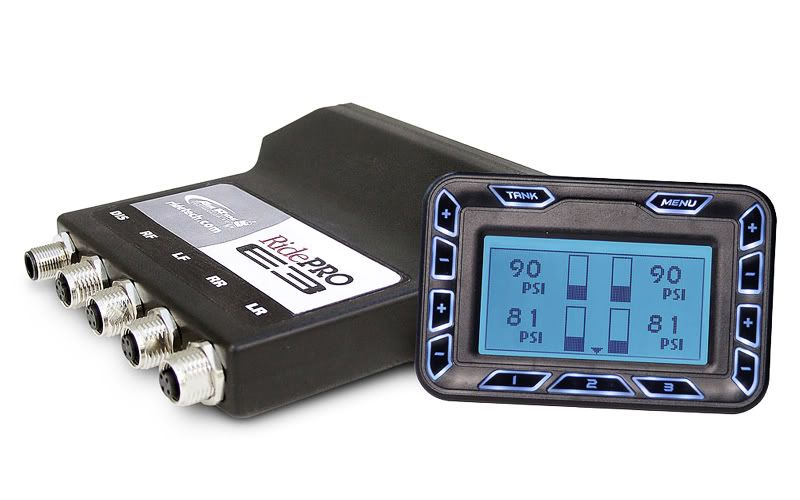
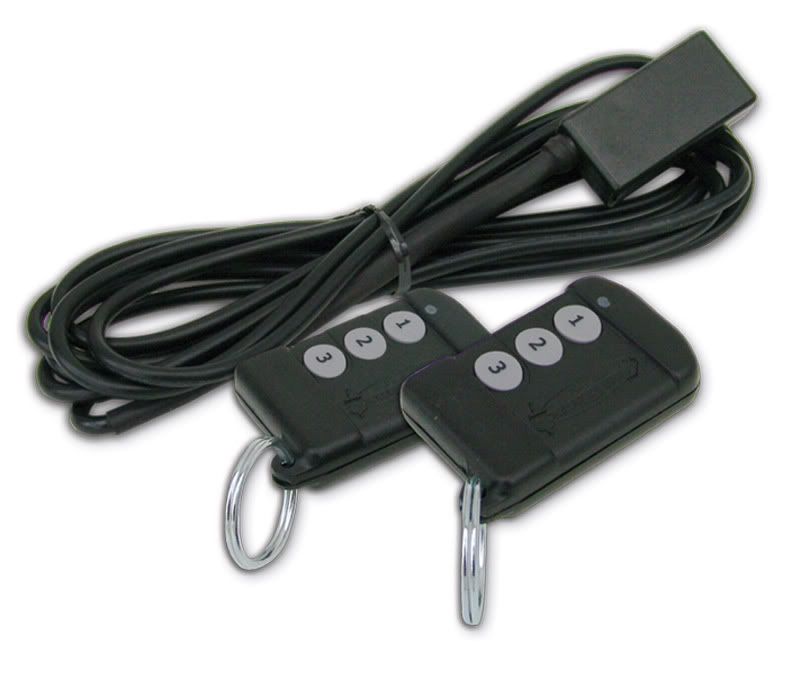
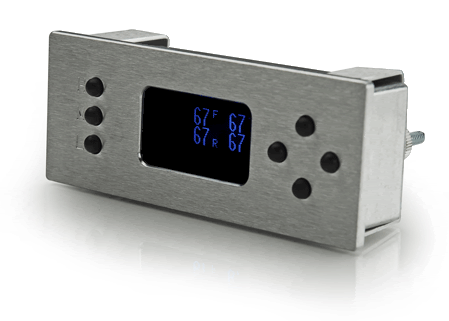
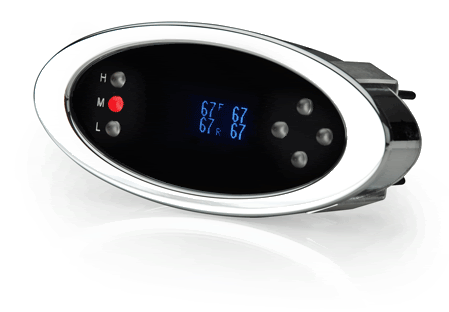
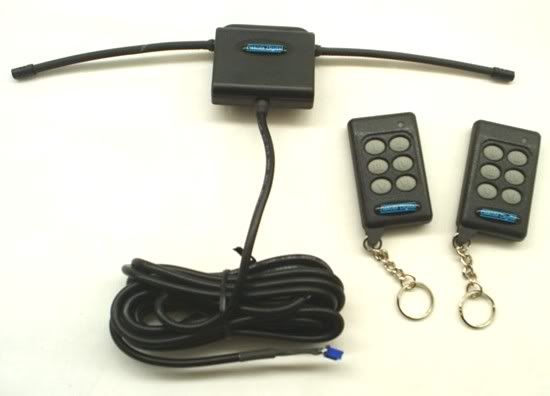
No comments:
Post a Comment